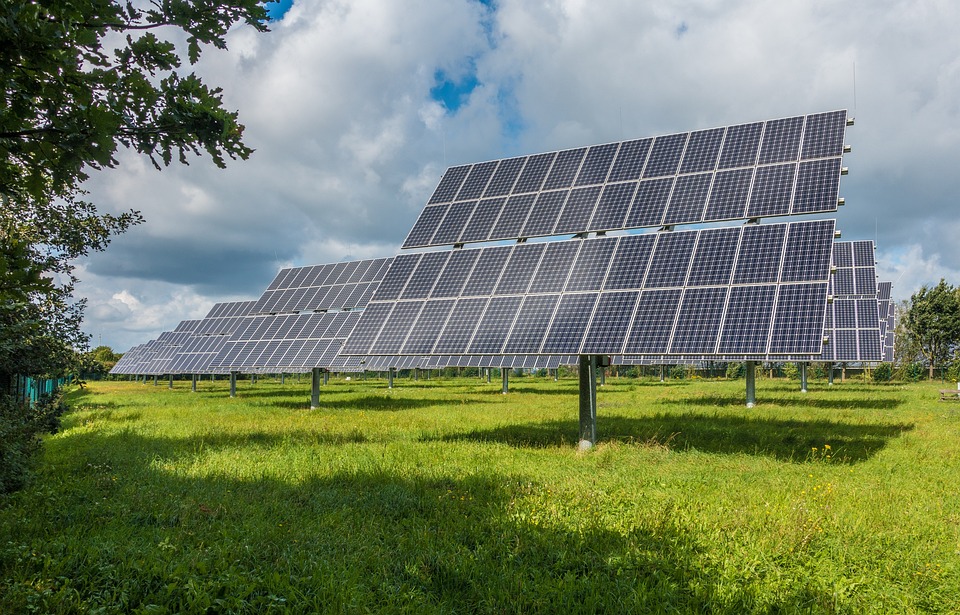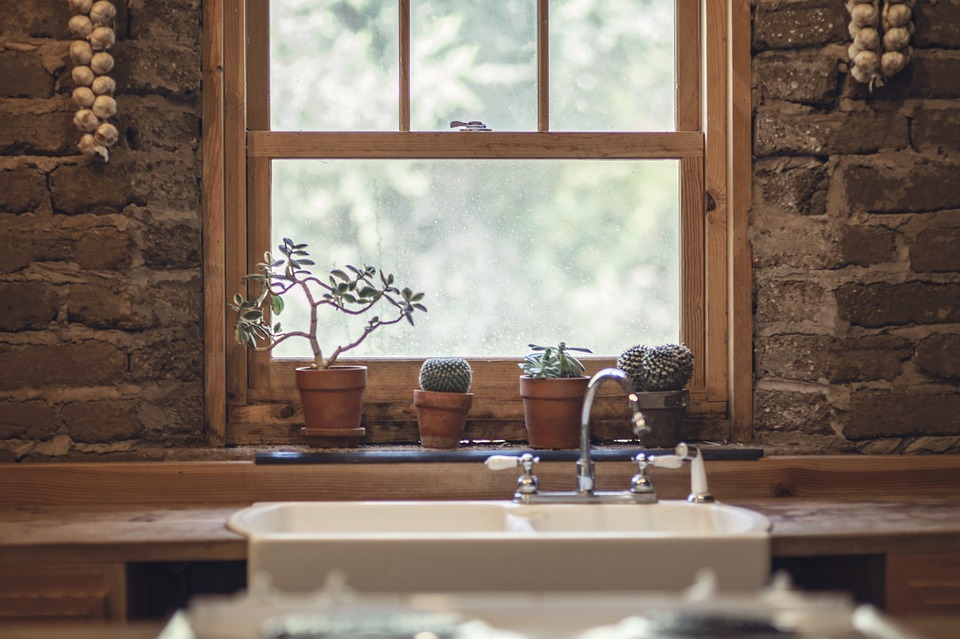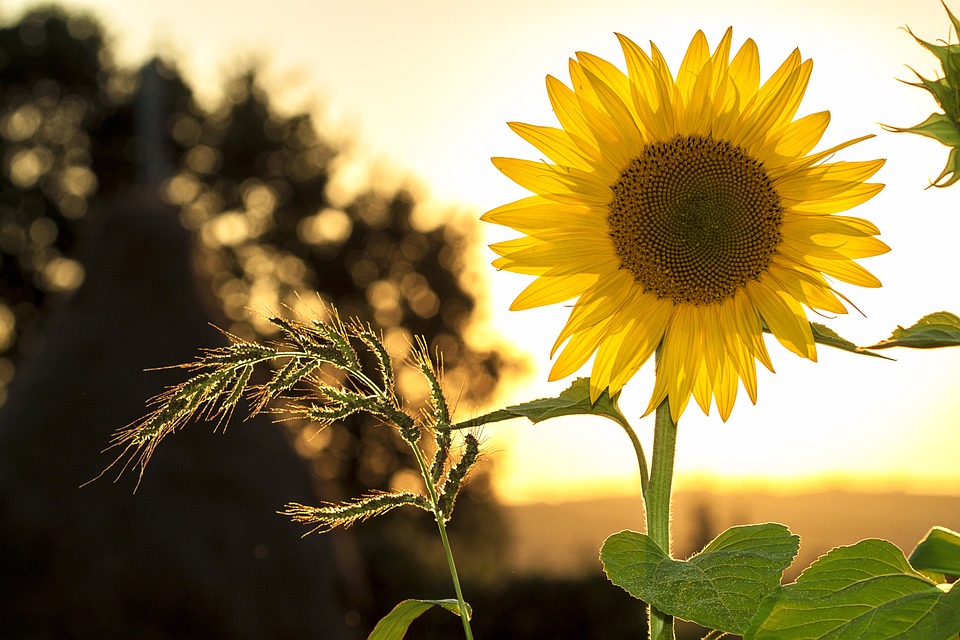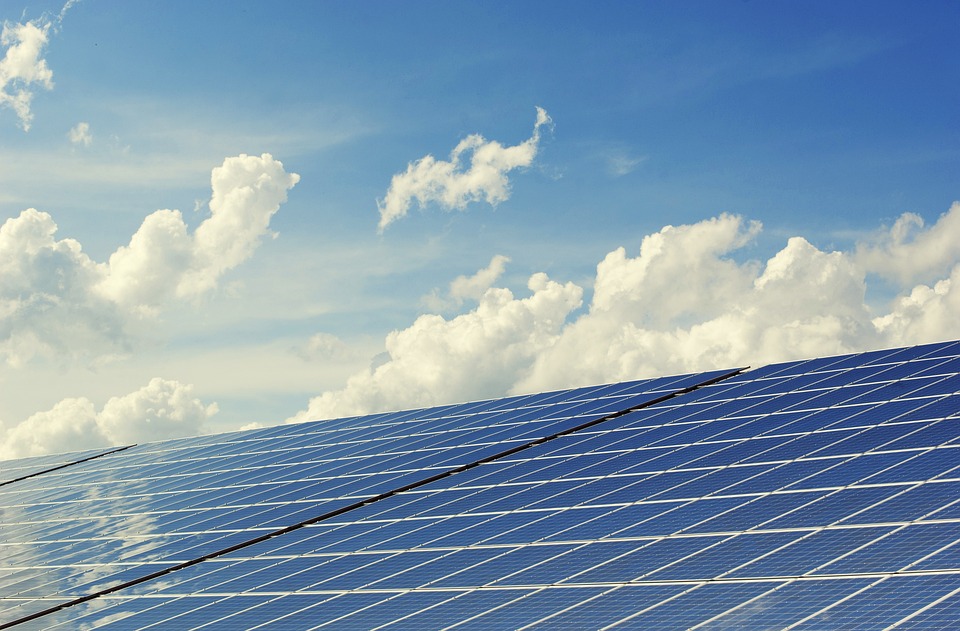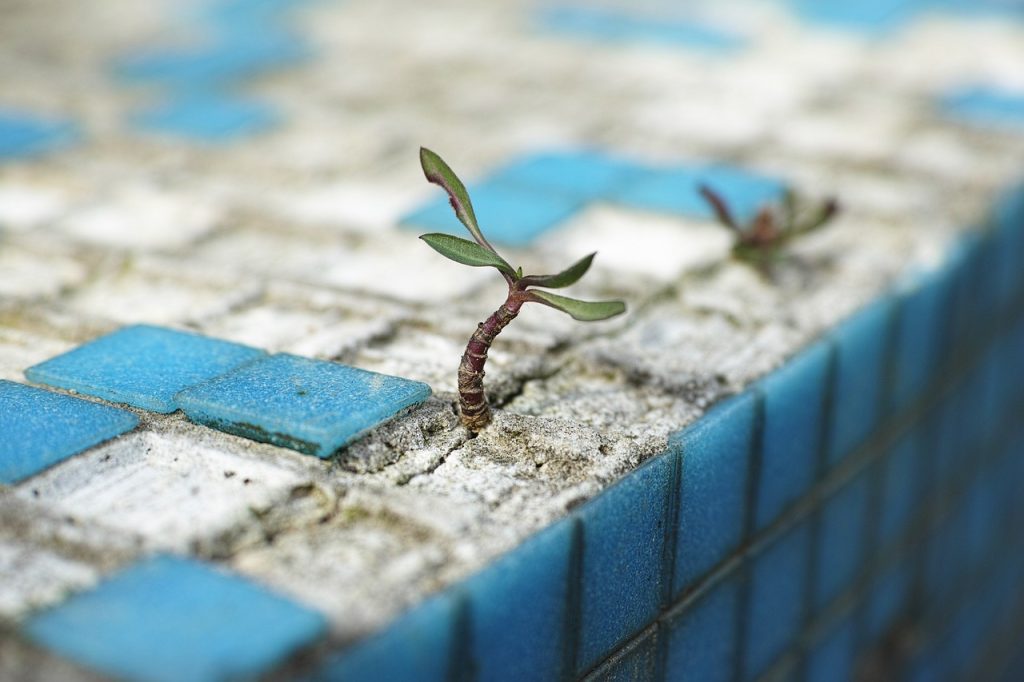Harnessing the Power of the Sun: A Comprehensive Guide to Off Grid Solar Systems
Harnessing the Power of the Sun: A Comprehensive Guide to Off Grid Solar Systems Picture a beautiful morning on a serene piece of land, a place where the hustle and bustle of city life is far behind. As the sun peeks over the horizon, its gentle rays warmly touch your face, and you can’t help but smile. In that moment, you realize the immense power of the sun and how it can transform your life when living off the grid. Welcome to the world of off grid solar systems, where you can harness the power of the sun to create a sustainable and independent life. In this comprehensive guide, we will explore everything you need to know about off grid solar systems, from the basics to the pro tips, ensuring that you can make the most of this incredible source of renewable energy. Understanding Off Grid Solar Systems: Getting Started Before we dive into the intricacies of off grid solar systems, let’s start with the basics. Essentially, an off grid solar system allows you to generate electricity without relying on the traditional power grid. It empowers you to become self-reliant, harnessing the abundant power of the sun to meet your energy needs. By installing a solar panel system, a collection of photovoltaic (PV) panels, you can convert sunlight into electricity. This energy can be stored in batteries or used directly to power appliances and devices. The Components of an Off Grid Solar System: Building Blocks of Energy Independence To truly embrace the world of off grid living, it’s important to familiarize yourself with the key components of an off grid solar system. Let’s take a look at each of these elements: 1. Solar Panels: These are the workhorses of your off grid solar system, capturing sunlight and converting it into electricity. Solar panels are typically made of photovoltaic cells, which generate electricity when struck by sunlight. 2. Charge Controllers: As the name implies, charge controllers regulate the amount of charge going into your battery bank. They prevent overcharging and extend the life of your batteries. 3. Batteries: These are the storage units for the electricity generated by your solar panels. Batteries allow you to have a continuous supply of power, even during cloudy days or after sunset. 4. Inverter: An inverter converts the direct current (DC) produced by your solar panels and batteries into alternating current (AC), which is suitable for most household appliances. 5. Backup Generator: Though not always necessary, a backup generator can provide supplementary power during prolonged periods of low sunlight or when energy demands exceed the capacity of your solar system. Sizing Your Off Grid Solar System: Calculating Your Energy Needs Now that you understand the basic components, it’s essential to correctly size your off grid solar system. This ensures that you have enough power to meet your energy demands without overloading or underutilizing your system. To size your system, you’ll need to determine your daily energy consumption. Consider the appliances you use, their power ratings (in watts), and the number of hours you use them each day. Add up these numbers to estimate your daily electrical energy consumption in watt-hours (Wh). Once you have this figure, you can use it to size your solar panel array, battery capacity, and inverter rating. It’s important to factor in variations due to seasons, weather patterns, and any additional energy requirements you might have (such as a well pump or air conditioning). Pro Tip: Always design your system with a margin of safety to accommodate unforeseen circumstances or changes in energy usage. It’s better to have excess capacity than to fall short when you need it most. Solar Panel Installation: Harnessing the Sun’s Energy With your system’s size determined, it’s time to turn your attention to solar panel installation. Proper placement and orientation are crucial to maximize energy generation. Here’s what you need to consider: 1. Location: Choose an area on your property that receives ample sunlight throughout the day, such as a south-facing roof, open field, or dedicated solar panel installation. 2. Tilt and Orientation: The tilt angle of your solar panels should be optimized for your latitude. In the Northern Hemisphere, tilting the panels at an angle roughly equal to your latitude ensures optimal energy capture. Proper orientation towards the sun, typically south, maximizes energy potential. 3. Shading: Avoid any shading that might obstruct sunlight from reaching your solar panels. Even a small amount of shading can significantly reduce energy production. Battery Bank and Charge Controller Setup: Energy Storage and Regulation With your solar panels installed, it’s time to focus on your battery bank and charge controller setup. Here are some critical considerations: 1. Battery Type: Choose the right type of battery for your off grid solar system. Deep cycle batteries, such as lead-acid or lithium-ion, are commonly used due to their capacity to handle regular discharging and recharging cycles. 2. Battery Bank Capacity: Determine the required capacity of your battery bank to store enough energy to meet your consumption needs during cloudy days or at night. Proper battery sizing is crucial to avoid over-discharging or under-utilizing your battery bank. 3. Charge Controller Capacity: Ensure your charge controller can handle the current output from your solar panels and properly regulate the charge going into your battery bank. MPPT (Maximum Power Point Tracking) charge controllers are often recommended for their efficiency in converting solar energy. Pro Tip: Monitor your battery bank regularly and implement a maintenance routine to prolong the lifespan of your batteries. Regularly checking battery voltage, cleaning terminals, and equalizing charges can significantly extend their longevity. Inverter and Backup Power: Converting and Supplementing Energy To reap the benefits of your off grid solar system, you’ll need to convert the DC energy from your batteries into usable AC power. Here’s what you need to know about inverters: 1. Sine Wave: Consider using a pure sine wave inverter, as it provides high-quality AC power suitable for all types of appliances and electronics. Modified sine wave inverters may

